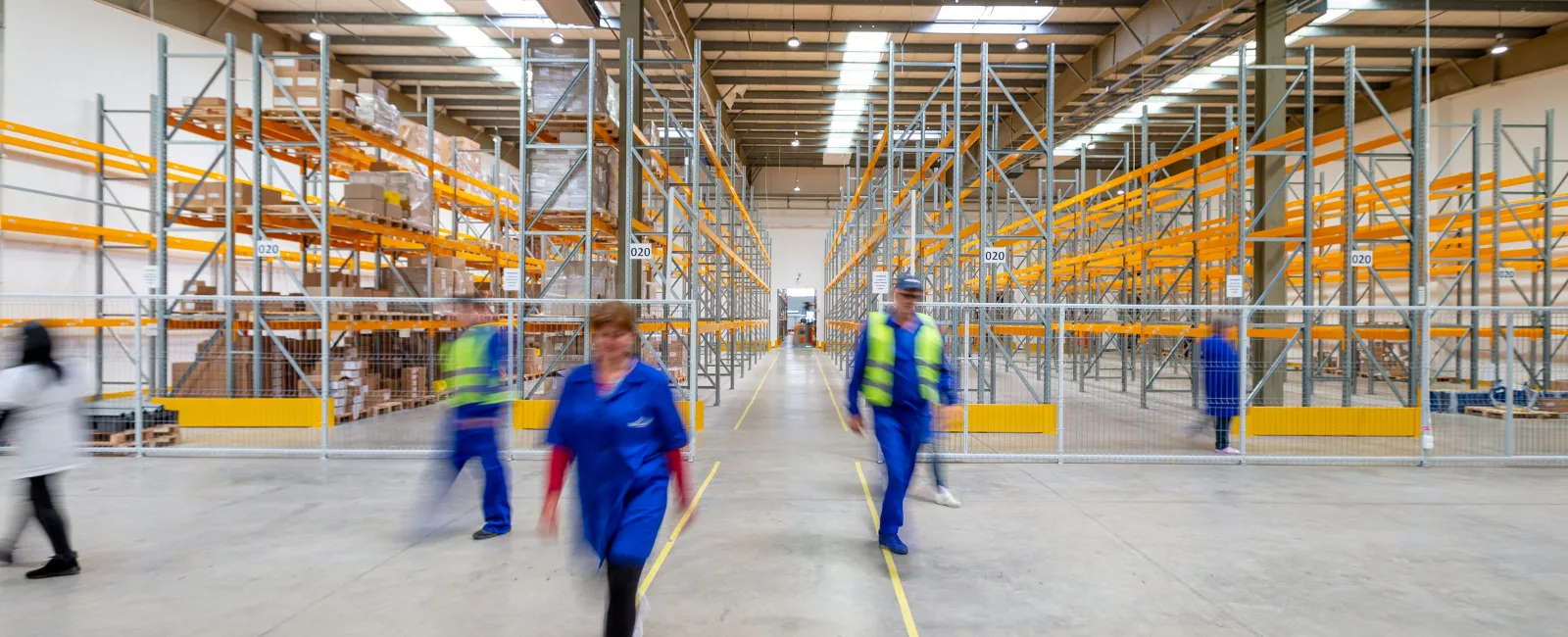February 23, 2024
Warehouses store valuable assets and inventory crucial to business operations. Implementing security cameras is essential for protecting warehouse contents and preventing theft and other crimes. Although choosing the right cameras may seem complicated, technology advancements have made systems more intelligent, expansive, and affordable than ever. This guide covers factors in designing an effective warehouse camera system.
Determining Your Security Camera Needs
First, identify your unique security requirements and goals related to:
- Facility size and layout
- Lighting conditions
- Video resolution needs
- Smart camera capabilities
- Network and bandwidth
- Local regulations
- Budget
Clearly identifying goals and needs will narrow your camera options.
Key Camera Types and Features
Primary warehouse camera options include fixed security cameras that provide constant monitoring from one position and PTZ cameras that can pan, tilt and zoom to see wider areas.
Key features to consider include:
Image resolution for facial and number plate recognition; Low light and infrared night vision capabilities; Wide dynamic range to see dark and light areas simultaneously; Vandal resistant metal housings and domes for tamper-proofing in needed areas; Remote viewing access via IP networked cameras; Onboard storage via SD cards or memory to prevent data loss during network disruptions; Audio capabilities for connecting to warehouse intercoms; and Smart video analytics such as motion and tamper detection, heat maps, and more.
Mapping Camera Placement Strategy
Carefully planning camera placement is vital. Position cameras to fully cover inventory storage areas, high traffic zones and access points while minimizing blind spots. Areas to focus on include:
Entry and exit points, loading docks, high value storage, long aisles and corners (using PTZ cameras), office and inventory control areas, and zones tied to other security sensors. Staggering camera views appropriately maximizes overall coverage.
Properly Installing Cameras
Proper installation helps optimize camera performance and longevity by:
- Rigidly wall or ceiling mounting using brackets to prevent vibration
- Adjusting viewing angles, tilting, and zooming focus ranges
- Using weatherproof housings and conduit where needed
- Adding supplemental IR illumination if built-in night vision is insufficient
- Choosing tamper-resistant mounting hardware
- Verifying networks can support camera bandwidth demands
Getting help from a certified security specialist such as iS3 is highly recommended.
Boosting Effectiveness With Video Analytics
Adding intelligent video analytics elevates monitoring capabilities by automatically detecting specified events, threats, and anomalies. This eliminates inaccurate and tedious human analysis.
Useful analytical capabilities include:
Motion detection, camera tamper alerts, loitering alarms for people or vehicles, license plate recognition, facial recognition to identify individuals, crowd density monitoring, and heat maps overlaying high traffic areas needing coverage. The right analytics shift systems from passive to active automated monitoring.
Implementing Robust Overall Warehouse Security
While essential, cameras are just one part of comprehensive warehouse security. Additional key components include:
Access control restrictions, intrusion detection sensors, video intercoms screening visitors, and guard patrols to supplement tech-based protections. Integrating these systems creates a mesh network where one triggered sensor can initiate faster, more effective overall response.
